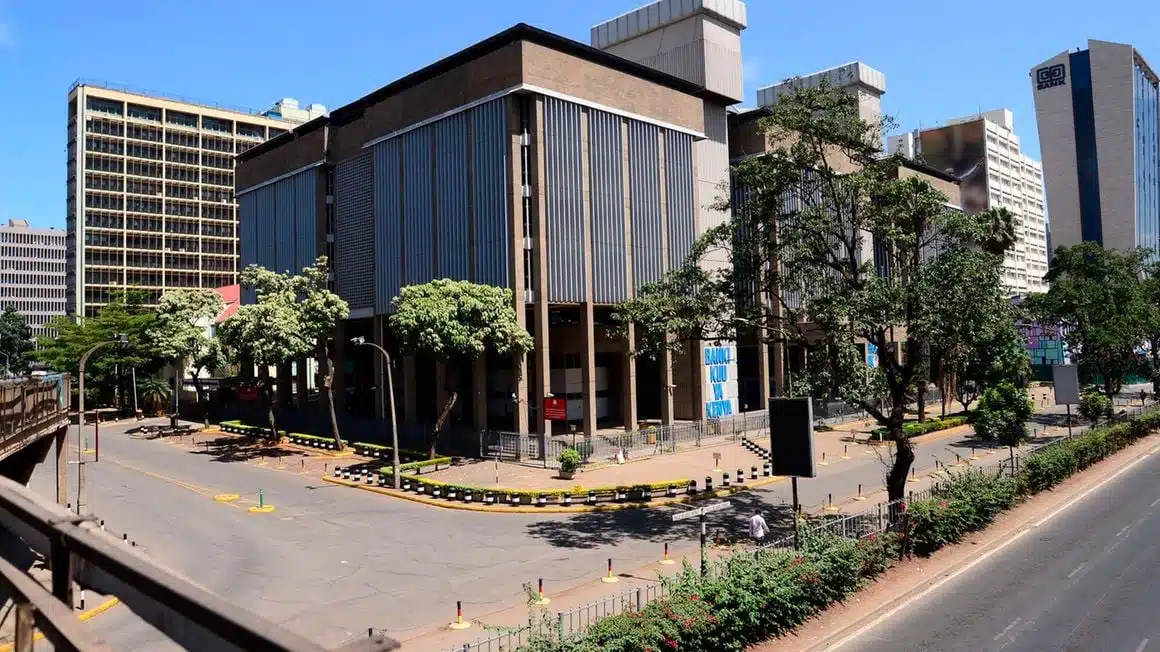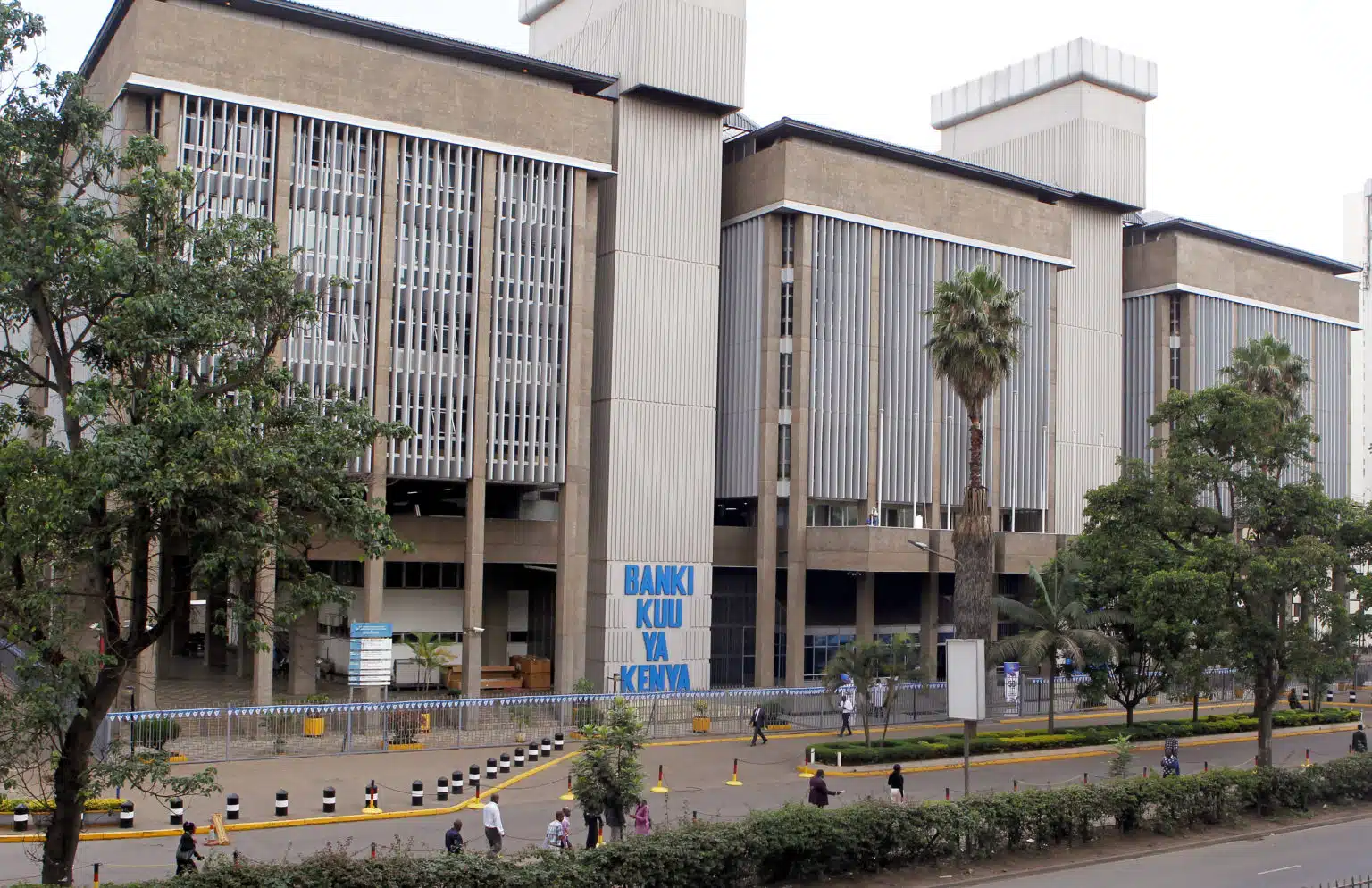In a major shift, the Central Bank of Kenya (CBK) has directed commercial banks to price loans using the interbank rate as the base, ending the long-standing practice of banks setting their own base lending rates.
The policy change, agreed with bankers on July 20, 2025, replaces the CBK’s earlier plans to anchor lending rates to its own Central Bank Rate (CBR), currently at 9.75%.
The interbank rate, which stood at 9.62% at the time of the announcement, will now serve as the common reference point for all new and renegotiated credit facilities. Under the new framework, the Total Cost of Credit will be calculated as: Interbank Rate + Premium (K) + Fees/Charges, where the premium “K” reflects each bank’s operational costs, targeted return, and borrower-specific risk.
“CBK proposes the use of the Interbank Rate as the common reference rate for determining lending rates for all customers. The total lending rate will be ‘the Interbank Rate + Premium (K)’,” the central bank said in a policy document published on Wednesday.
This marks the end of Kenya’s patchwork approach to loan pricing, in which each bank applied a proprietary base rate, making cost comparisons difficult and weakening the impact of policy rate adjustments.
The CBK argues the new structure will enhance transparency, minimise volatility, and swiftly transmit monetary policy adjustments to borrowers.
Banks to file board-approved models within three months
To prevent abuse of the new loan pricing framework, the apex bank is requiring lenders to develop detailed risk-based pricing models that explain how they determine the ‘K’ premium.
“Each bank will be required to develop its risk-based credit pricing model and the corresponding policies and procedures within three months,” the CBK said. “The bank should obtain its Board of Directors’ approval of its model together with the corresponding policies and procedures.”
In a bid to strengthen oversight, banks must lodge these board-approved documents with the central bank within 15 days of board approval, and no later than 15 days after the three-month window expires.
The CBK will then review each submission post-implementation as part of its supervisory mandate.
This requirement adds a layer of accountability to the market-based pricing system, ensuring that while the interbank rate serves as a uniform base, the premiums charged remain justifiable and transparent.
CBK mandates full disclosure to customers
The regulator expects banks to disclose all components of loan pricing to customers .
“Banks will be expected to post their lending interest rates and all charges for all their loans on this website (Total of Cost Credit) within the three-month transition period of implementation of the new RBCPM,” the CBK document said.
“They are also required to concurrently submit them to CBK,” it added
In cases where using the interbank rate is impractical, the CBR may be offered as an alternative reference rate.
However, the CBK emphasised that the interbank rate, which moves closely with the policy rate, offers a more market-responsive pricing mechanism.
Alignment with global practices
By adopting a market-based benchmark and standardising disclosures, Kenya joins a growing list of nations seeking to improve fairness and transparency in credit markets.
The move mirrors global best practices and reinforces the central bank’s role in maintaining price stability while fostering credit access.
For Kenyan borrowers, the new framework could bring greater clarity and eventually, lower costs, as competition shifts to pricing premiums rather than hidden base rates.










